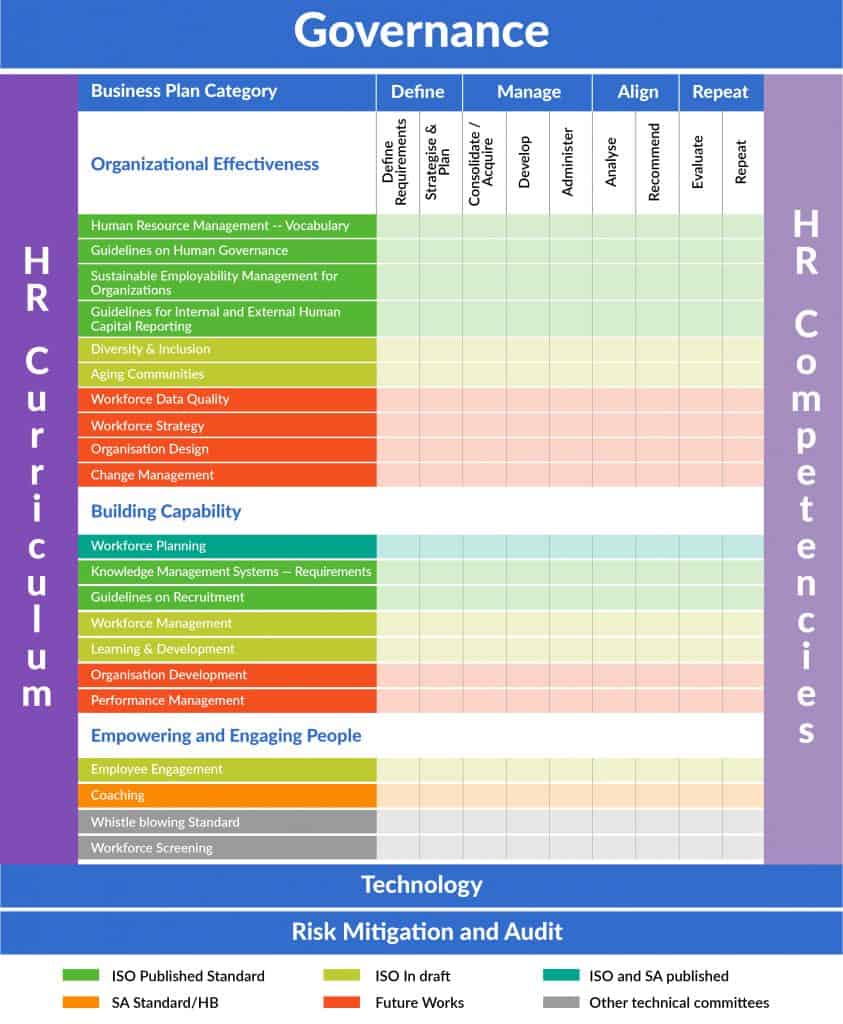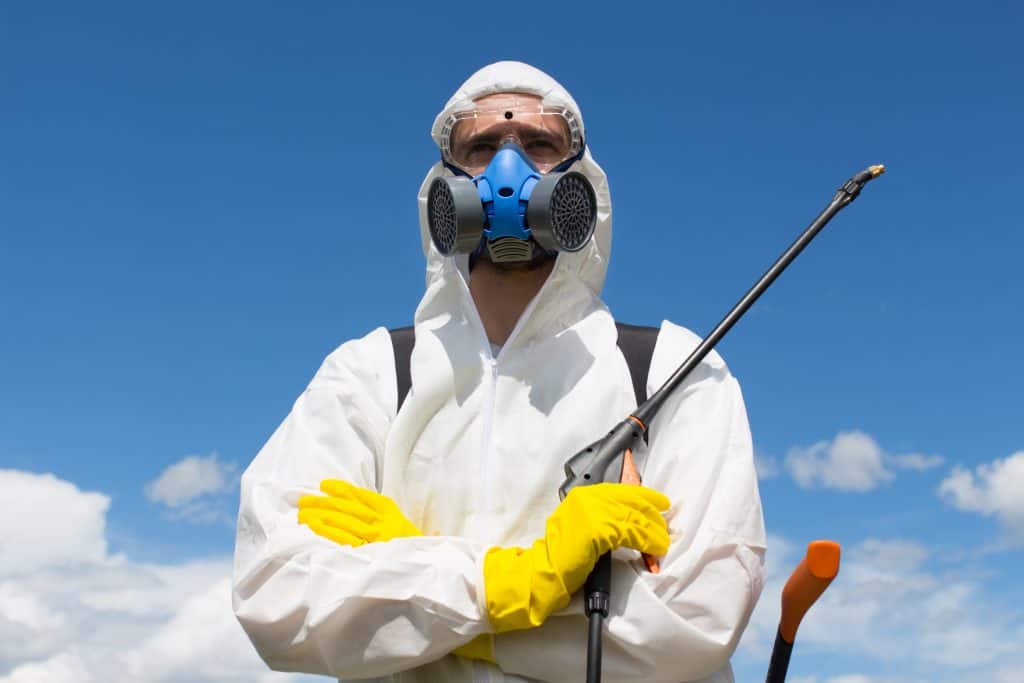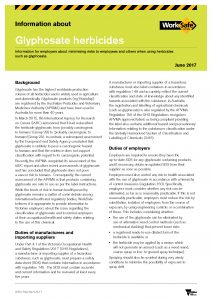
Last week the Australian Government accepted the recommendations of the Australian Competition and Consumer Commission (ACCC) about improving the safety of quad bikes. But the improvement in safety came not through occupational health and safety (OHS) laws but the Australian Consumer Law so how could the ACL help improve workplace health and safety further? After a quick look at how the quad bike recommendations have been received, the potential of the ACL is considered in relation to silicosis.






 Australia’s occupational health and safety (OHS) agenda seems largely dictated by high risk industries like construction in some States and the mining sector in others. But agriculture is common to all Australia States and is consistently included in the official and unofficial workplace fatality data. New research has been released into serious farm injuries and which voices are the most effective in improving the situation.
Australia’s occupational health and safety (OHS) agenda seems largely dictated by high risk industries like construction in some States and the mining sector in others. But agriculture is common to all Australia States and is consistently included in the official and unofficial workplace fatality data. New research has been released into serious farm injuries and which voices are the most effective in improving the situation.